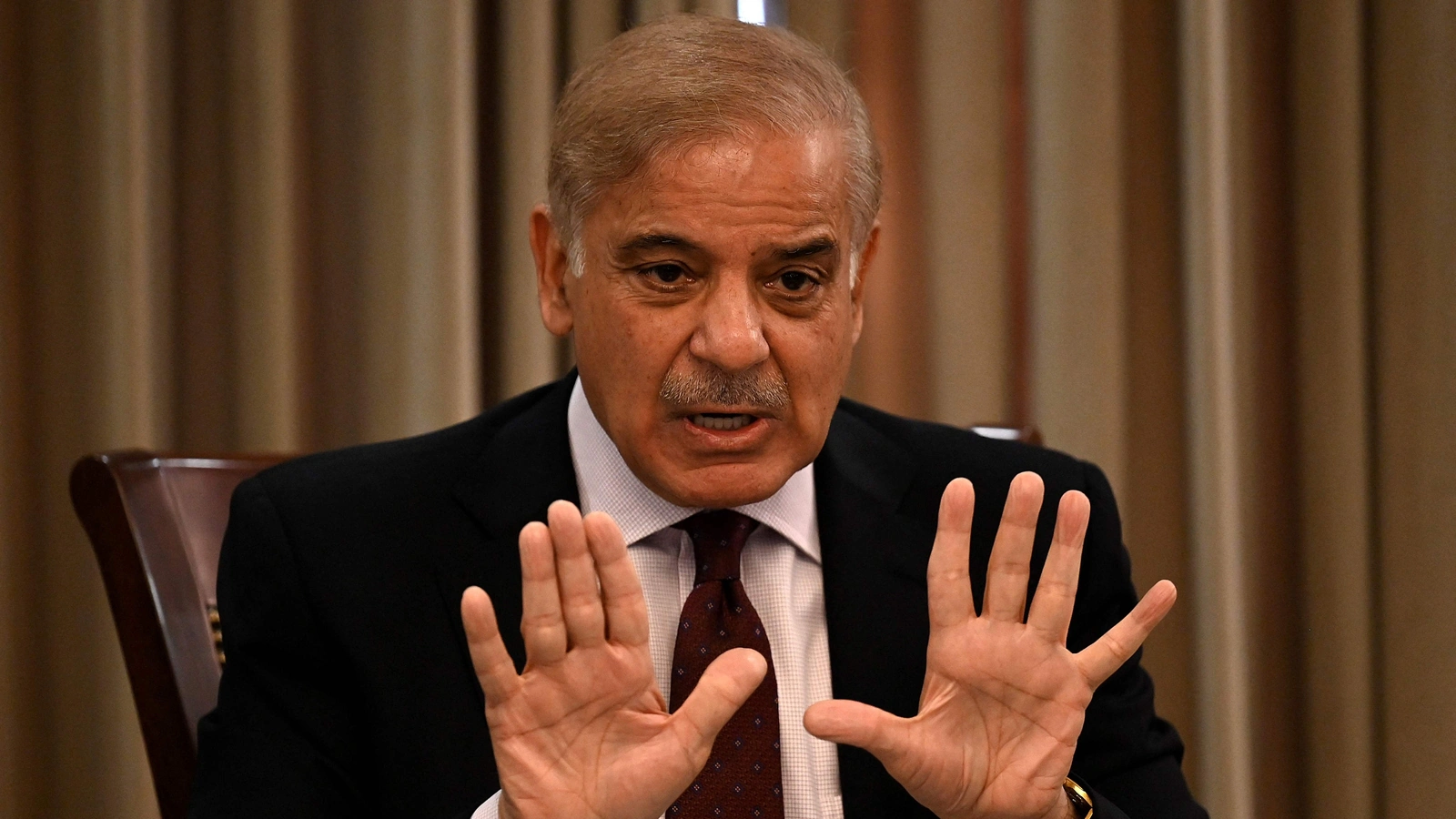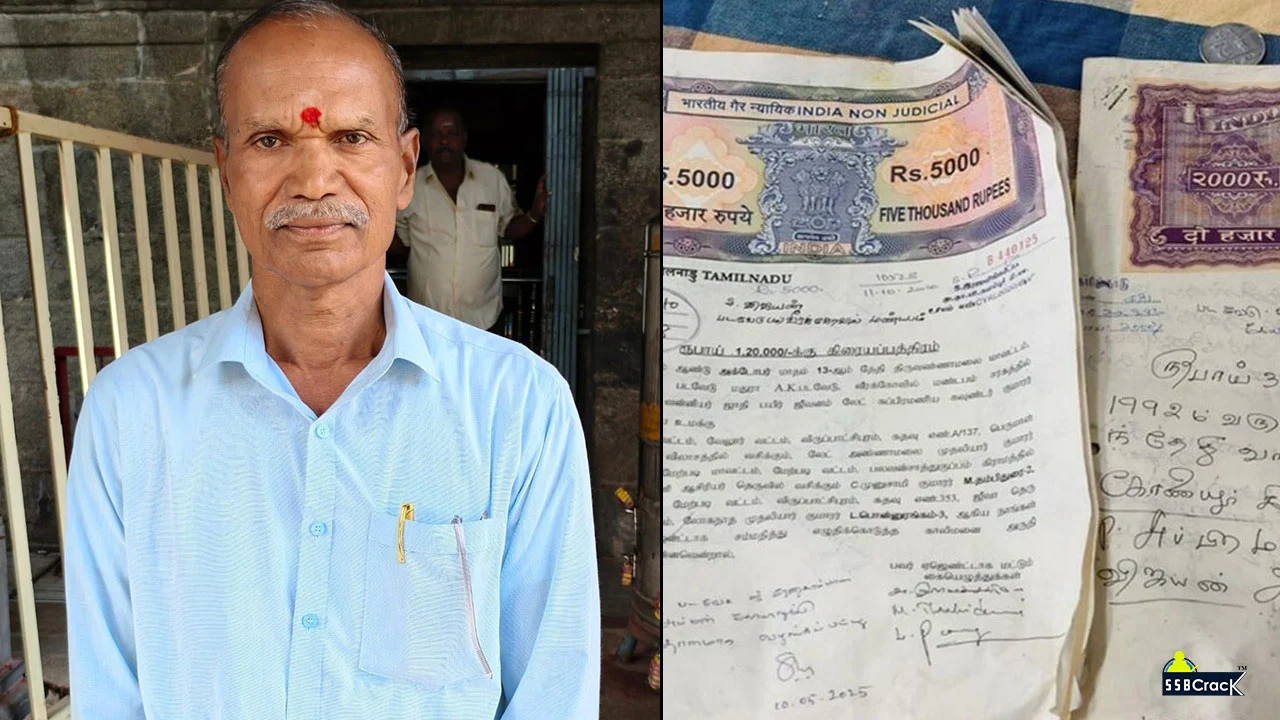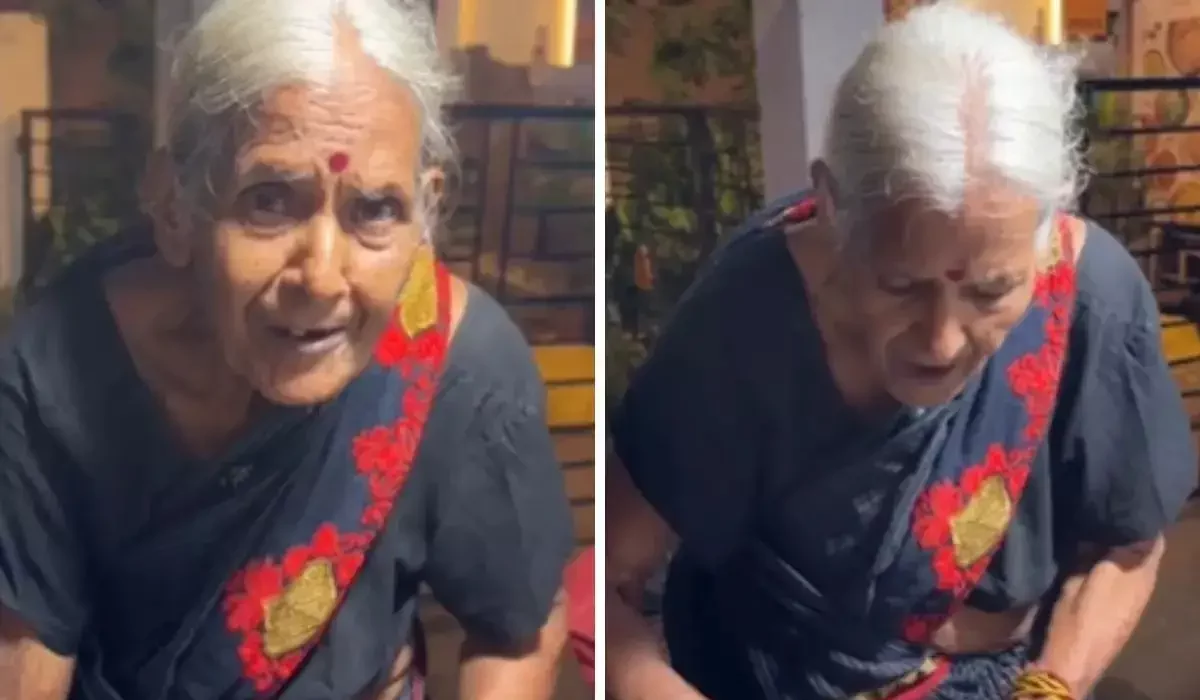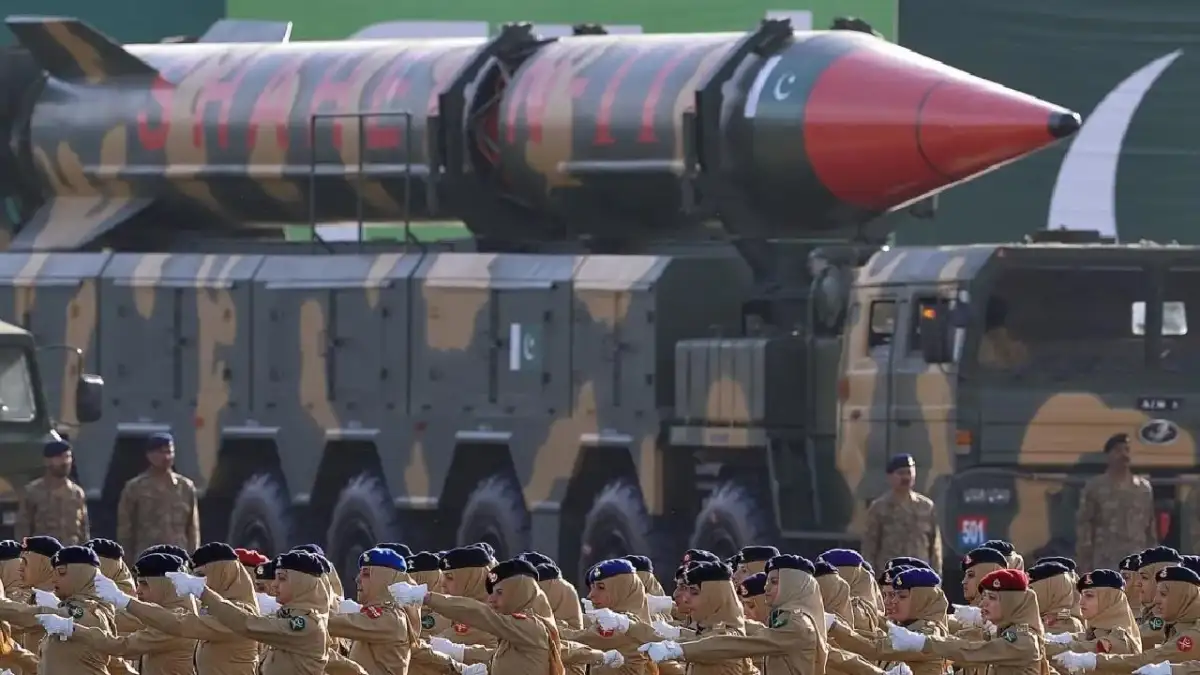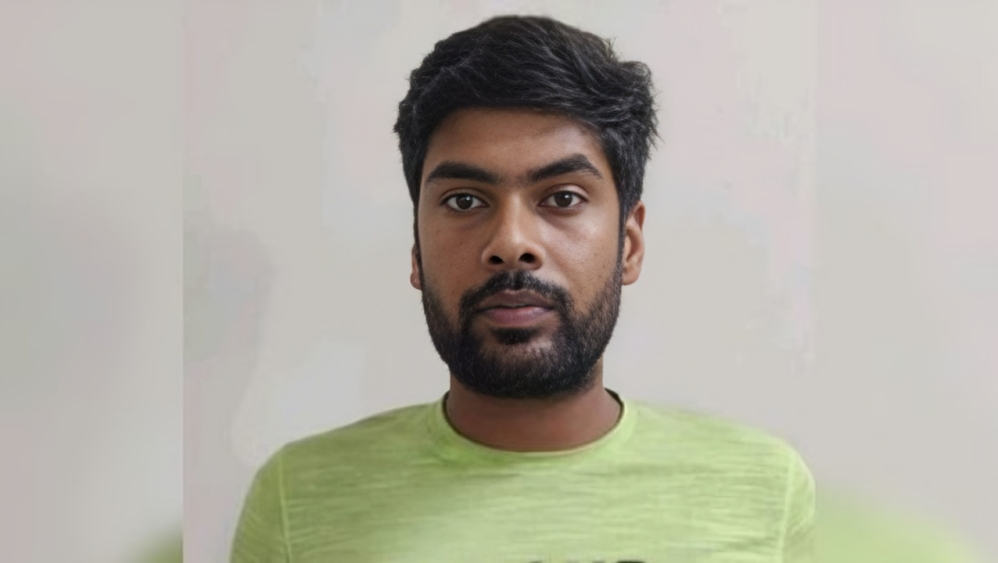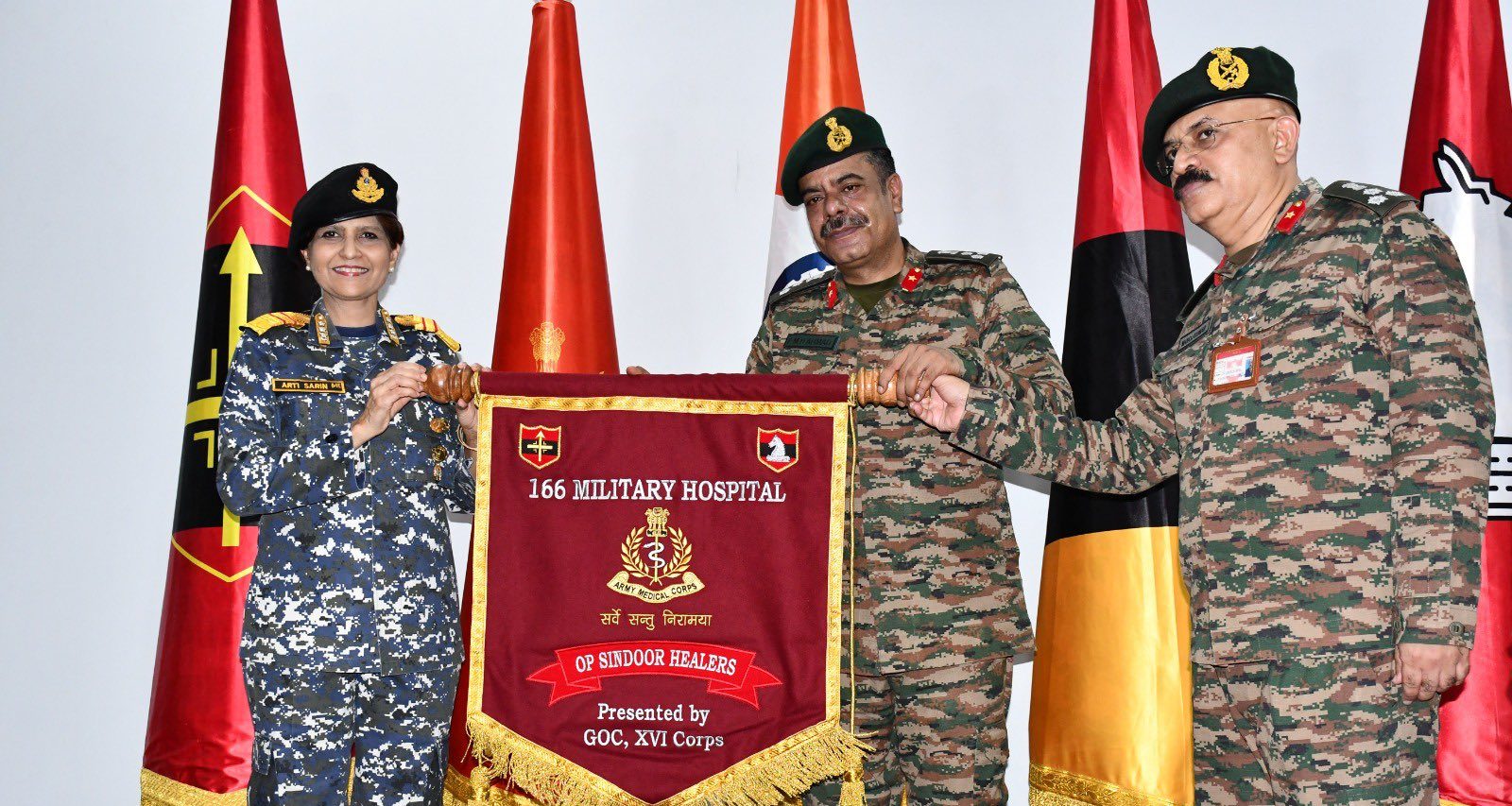Shehbaz Sharif Expresses Willingness for ‘Meaningful Dialogue’ with India Amid Post-Sindoor Tensions
In a significant diplomatic signal, Pakistan’s Prime Minister Shehbaz Sharif has conveyed his readiness to hold a “meaningful dialogue” with…
Army Veteran Donates ₹4 Crore Property to Tamil Nadu Temple After Alleged Family Humiliation
In a deeply emotional act of devotion and protest, a 65-year-old retired Indian Army officer, S Vijayan, has donated property…
79-Year-Old Retired Army Administrative Officer Runs Food Stall in Indore, Wins Hearts Across Social Media
A heartwarming story from Indore is capturing the attention of millions across India, as a 79-year-old retired Administrative Officer from…
Pakistan Reportedly Developing ICBM Capable of Reaching US: American Intelligence Raises Alarms
In a development that could significantly alter the global nuclear landscape, U.S. intelligence agencies have assessed that Pakistan is actively…
Navy Clerk Arrested for Spying in Honey-Trap Case Tied to Pakistan’s ISI
In a major security breach, Vishal Yadav, a clerk posted at the Navy headquarters in Delhi, has been arrested for…
Surgeon Vice Admiral Arti Sarin Visits Military Hospital Jammu, Commends Role in Operation Sindoor
Surgeon Vice Admiral Arti Sarin, Director General of the Armed Forces Medical Services (DGAFMS), made a significant visit to Military…

